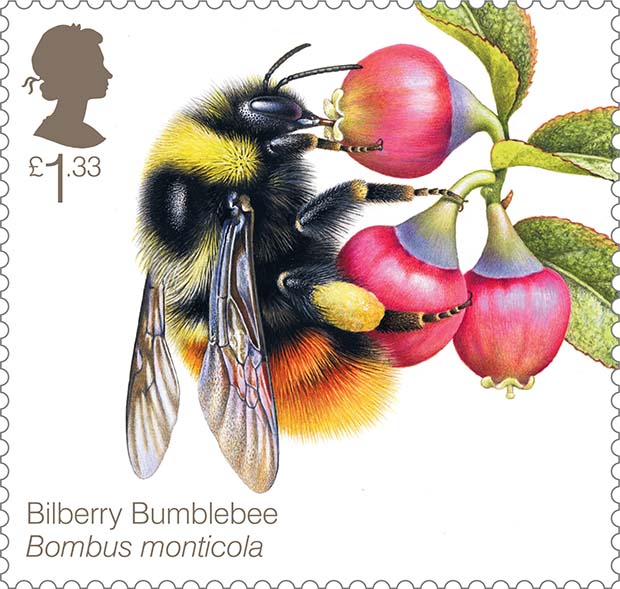Although conservation efforts have been shown by other investigators to benefit pollinators, this study raises questions about the potential for unintended pesticide exposures where various land uses overlap or are in proximity to one another.
The research involved collecting native bees from cultivated agricultural fields and grasslands in northeastern Colorado, then processing the composite bee samples to test for 122 different pesticides, as well as 14 chemicals formed by the breakdown of pesticides.
The scientists tested for the presence of pesticides both in and on the bees.
The most common pesticide detected was the neonicotinoid insecticide thiamethoxam, which was found in 46% of the composite bee samples. Thiamethoxam is used as a seed coating on a variety of different crops.
Pesticides were not found in all bee samples, with 15 of the 54 total samples testing negative for the 122 chemicals examined.
Although the study did not investigate the effects of pesticide exposures to native bees, previous toxicological studies have shown that the chemicals do not have to kill the bees to have an adverse effect at the levels of exposure documented here.
For example, neonicotinoids can cause a reduction in population densities and reproductive success, and impair the bees’ ability to forage. Follow-up research is now being designed to further investigate adverse effects at these exposure levels.
There are about 4,000 native species of bees in the United States. They pollinate native plants such as cherries, blueberries and cranberries, and were here long before European honeybees were brought to the country by settlers.
In addition, many native bees are quite efficient crop pollinators, a role that may become more crucially important if honey bees continue to decline.
Source:
http://www.beeculture.com/catch-the-buzz-native-bees-exposed-to-pestici…

- Log in to post comments
